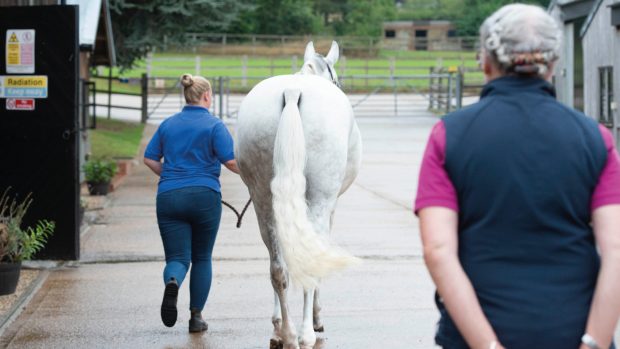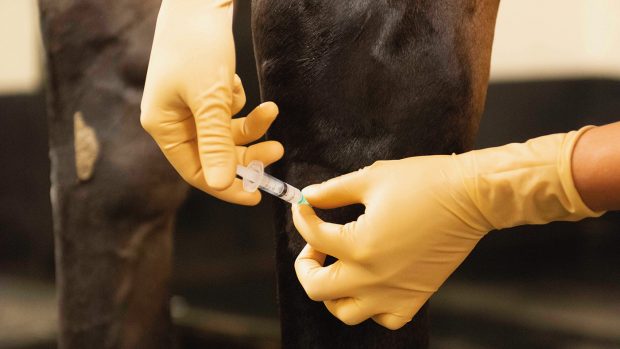The latest veterinary research shows that while an appropriate, well-maintained surface may help minimise the risk of injury, always working on the same surface, no matter how good it is, may be counterproductive.
Dr Rachel Murray MRCVS, head of the centre for equine studies at the Animal Health Trust, and Dr Kristien Verheyen MRCVS, a lecturer in clinical epidemiology at the Royal Veterinary College, have both looked at the effects of surfaces as part of ongoing research into injury.
Dr Murray’s research has focused on dressage horses, while Dr Verheyen is undertaking a three-year project into the risk factors associated with joint injuries in racehorses.
Tools for the job
At a recent conference, Dr Murray pointed out that there is no such thing as a perfect surface for every horse.
“A dressage horse needs footing that provides stability and confidence, a show jumper needs confidence but also a small amount of slide as he lands,” she explained.
Dr Verheyen and her colleagues are currently collating data to ascertain whether the prevalence of knee and fetlock injuries increases as a horse starts race training and high-speed exercise. Part of this study focuses on whether the type of training surface also has a part to play.
Although she is not yet at a stage to present the official findings, Dr Verheyen believes that the best regime for any performance horse, whether a racehorse or an event horse, is to train on as many surfaces as it is likely to meet in its career.
“You should train bone for what it’s meant to be doing,” explained Dr Verheyen. “If you have an event horse, it should be doing canterwork in a field rather than on a neatly prepared surface.”
Dr Murray’s research on dressage horses has led her to report that a well-maintained, wax-coated surface on a good base could reduce the risk of slipping and tripping, but she says the importance of construction and maintenance should not be underestimated.
“Theoretically, a poorer quality arena that is well maintained may be better than a quality one that is not looked after properly,” she said.
For professional riders’ opinion on different surfaces, plus discussion about the surfaces used at the Olympics in Athens and Hong Kong, see Horse & Hound (22 January, ’09)




